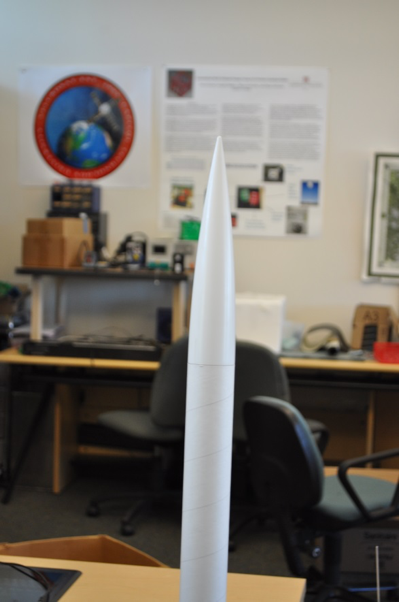The year 2018 promises to be an exciting one for Capitol’s astronautical engineers, as they finish up projects and await the outcome of some big moves by the space industry.

Astronautical Engineering Projects at Capitol Technology University
Project Cactus-1:
Long-time student payload project, Cactus-1 is in its final build stages. This CubeSat, or miniature cube-based satellite, brings together two student projects: TRAPSat, a debris capture experiment, and Project Hermes, which is exploring methods of satellite command and control via TCP-IP. Cactus-1 is currently on schedule for equipment testing around spring break this semester, with the final launch date pending, but anticipated for the fall.
Autonomous Drones Project:
Several of Capitol’s Astronautical Engineering program students are working to complete their senior projects revolving around autonomous drones. The astronautical engineering department has been getting more familiar with drones, flying drone races about once a month at Capitol open houses. One senior project even includes an aerial zeppelin-like-construct which can stay aloft for much longer times than a propeller based aerial vehicle.
Project RockSat Norway:
Our high altitude balloon teams continue to create new payloads, testing high altitude sensors and communications technology. The astronautical engineering students involved in the balloon teams are also working on an exciting new partnership program, RockSat: Norway. The RockSat: Norway project’s goal is to help Norway jump-start its own balloon payload program.
Beyond their own projects, astronautical engineering majors have even more to be excited about this year, as 2018 brings us some of the coolest projects from the space industry yet.
Astronautical Engineering Industry Projects
NASA Exploration Mission-1 Project:
NASA has officially begun their work on Exploration Mission-1, a mission to assess the feasibility of deep space exploration with manned crews. This is the first step in NASA’s plan to send men to Mars by the year 2030.
Space X Falcon Heavy:
On February 6, Space X successfully launched the “most powerful rocket in the world.” This rocket, the Falcon Heavy, was designed with the intention of being able to carry enough fuel, crew, luggage, and passengers to be used for missions with crew to the Moon or Mars.
ESA & JAXA BepiColombo:
The European Space Agency (ESA) has teamed up with the Japanese Aerospace Exploration Agency (JAXA), on their project to launch a planetary probe mission to Mercury in 2018. This probe mission, the BepiColombo, will be the first to really explore Mercury; the least explored terrestrial planet and the closest planet to our sun. This mission hopes to understand more about the history and composition of the inner planets, including our own.
NASA James Webb Telescope Project:
Another international space project to launch in October of 2018 is the James Webb Space Telescope. NASA is leading the project, with help from the European and Canadian Space Agencies, which will use new infrared light reading technology to help us understand the formation of planets, solar systems, and even the universe as we know it. Capitol astronautical engineering alumni are currently working on the James Webb Space Telescope through their positions at NASA.
No comments:
Post a Comment